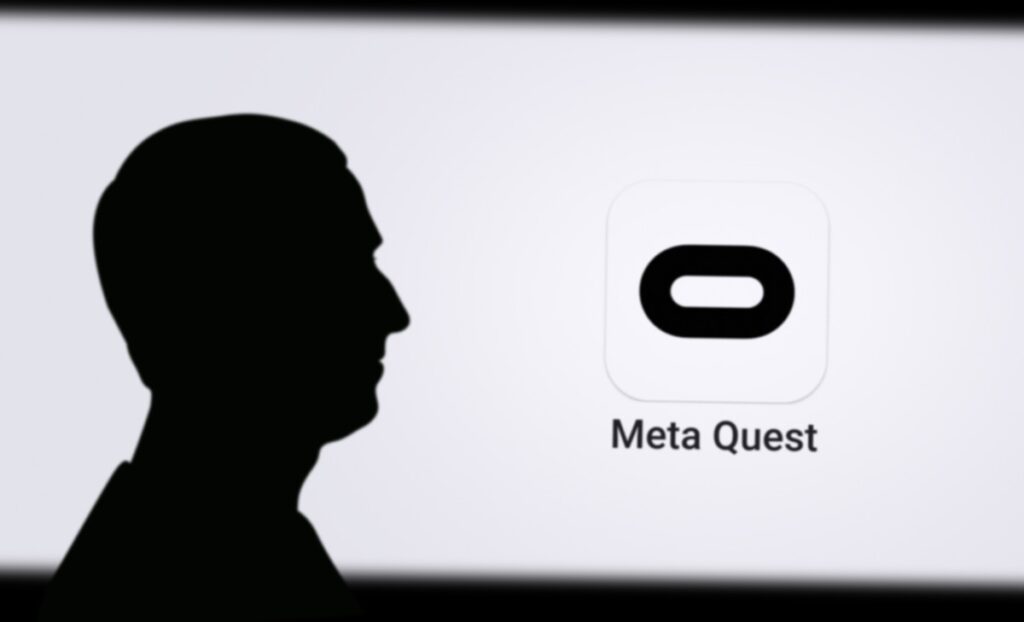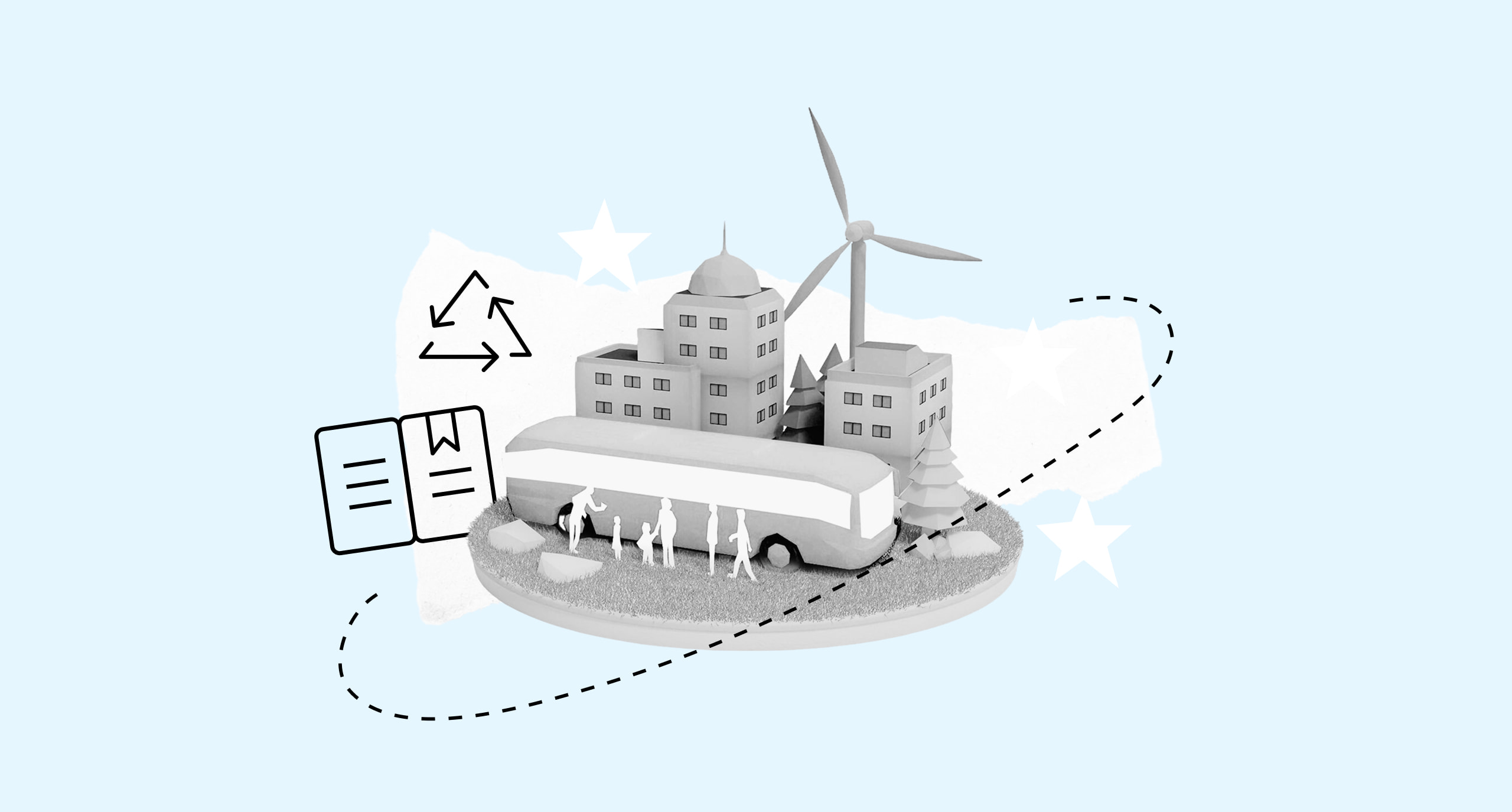Work from home as we know it began in the 1980s and expanded steadily through the following decades. Then 2020 happened. Offices across the world closed overnight and in-person industry ground to a halt. Remote work was transformed from novelty to necessity. Now, years on, the digitalized workspace has become a constant across the world. But is it still serving us? And how will it continue to do so?
The big switch to work from home: jobs go remote
The “big switch” to remote work came with teething problems. Think HR interns setting up firewalls and IT departments coordinating digital teambuilding sessions. With a broad lack of infrastructure, each individual company had to rethink their entire working dynamic.
“As of 2022, 87% of workers considering a job change are interested in hybrid or fully remote positions,” Robert Half.

Time passed, consistency arrived, and workers began to feel the benefits. Time-consuming commutes no longer ate into leisure time. Non-essential meetings were minimized. Working conditions were better than ever. A recent survey on the future of remote work found 41.2% of workers found remote work came with less distractions, while 32.2% felt their productivity had increased. What started as a survival kit had now become a luxury to which many felt entitled in their work from home. Jobs subsequently had to adapt.
Yet remote work wasn’t without its drawbacks. Those in management positions noted a dispersed workforce would diminish company culture in the long-term. There was less proof of productivity. Furthermore, the novelty of home comforts wore away. Feelings of isolation set in. Employees missed their catchups at the water cooler. And, as tends to happen with large-scale change, many drifted back to what had once been familiar. By the time quarantining measures had been lifted, the concept of working from home had lost a considerable amount of shine.
Remote work and its new industry: technology for stay at home jobs
With a sudden demand for digital work, tech giants worked on supply. A sector dedicated to the new normal sprang into action.

“[Remote work can] open up a lot of new talent that previously wouldn’t have considered moving to a big city,” Mark Zuckerberg on work from home careers in 2020.
The problem to solve was distance; how could teams work from different locations without losing the benefits of in-person contact? The app Arthur worked on optimizing real-time interactions, with their Oculus Quest headset becoming a market-leader in virtual reality. Meta, having famously acquired Oculus for $2 billion in 2014, used the same technology to power their Infinite Office platform. Virtual reality has become one of the hottest topics in tech conversation. It does, however, still feel very much like a concept, and its pricing makes it inaccessible for most companies looking at options for remote work.
But there are already advancements on-hand for large-scale use. Companies like Sococo have built on existing programs to recreate office dynamics on a smaller scale. Sococo have evolved instant messaging platforms like Microsoft Teams into visual and interactive tools. Their adaptable office layout contains virtual rooms, where workers can mimic real-world dynamics by “knocking on doors” and visiting chill rooms for water-cooler style catch ups. While it may not be as exciting as true virtual reality, it is a necessary step towards optimizing stay at home jobs.
The new normal of working online: learning to navigate large-scale change
In 2020, ClearlyRated surveyed more than 500 US hiring managers on their intentions to make their workforce more remote. This survey found 61.9% were planning said increase. This change is now permanent.
Hybrid work is the established norm for many top companies. While virtual reality and adapted programs are yet to find their footing, this middle-ground solution combines the convenience of remote work with the assurances of office attendance. Organizations like PwC have established a working week composed of three office days and two remote days. Similar models are used across most of industry.
“People haven’t had human contact, so you need to give them the opportunity to safely chat to people. Helping people reconnect and network in a safe environment is important,” Kevin Ellis, PwC UK Chairman

PwC reports mixed responses to new ways of working. After their recent implementation of GenAI, 44% of employees reported apprehension towards so many changes all at once. Simultaneously, 72% said the opportunities to grow were exciting. The report suggests “a workforce caught between today and tomorrow”. So it’s not the changes themselves which are the problem; it’s the difficulties of implementing them. This is where online learning becomes an essential.
The cutting-edge of online education: Liquid Learning at IE University
Our solution is to form adaptive thinkers before they arrive at the workforce.
At IE University, we’re trailblazing a model of learning called Liquid Learning. Combining on-site teaching with online education, Liquid Learning provides students with holistic training for a modern world. Work from home careers are therefore more accessible for students who have experience of a digitalized workload.
Whether doing internships in foreign countries or attending emergencies, programs that incorporate Liquid Learning ensure IE University students don’t have to sacrifice core aspects of their education. It’s just one of the ways we ensure our methods stay one step ahead of the rest.
Want to learn more about our innovative online learning methods?
Watch Diego del Alcázar Benjumea, CEO of IE University, speak on Liquid Learning in depth.

Benjamin is the editor of Uncover IE. His writing is featured in the LAMDA Verse and Prose Anthology Vol. 19, The Primer and Moonflake Press. Benjamin provided translation for “FalseStuff: La Muerte de las Musas”, winner of Best Theatre Show at the Max Awards 2024.
Benjamin was shortlisted for the Bristol Old Vic Open Sessions 2016 and the Alpine Fellowship Writing Prize 2023.






